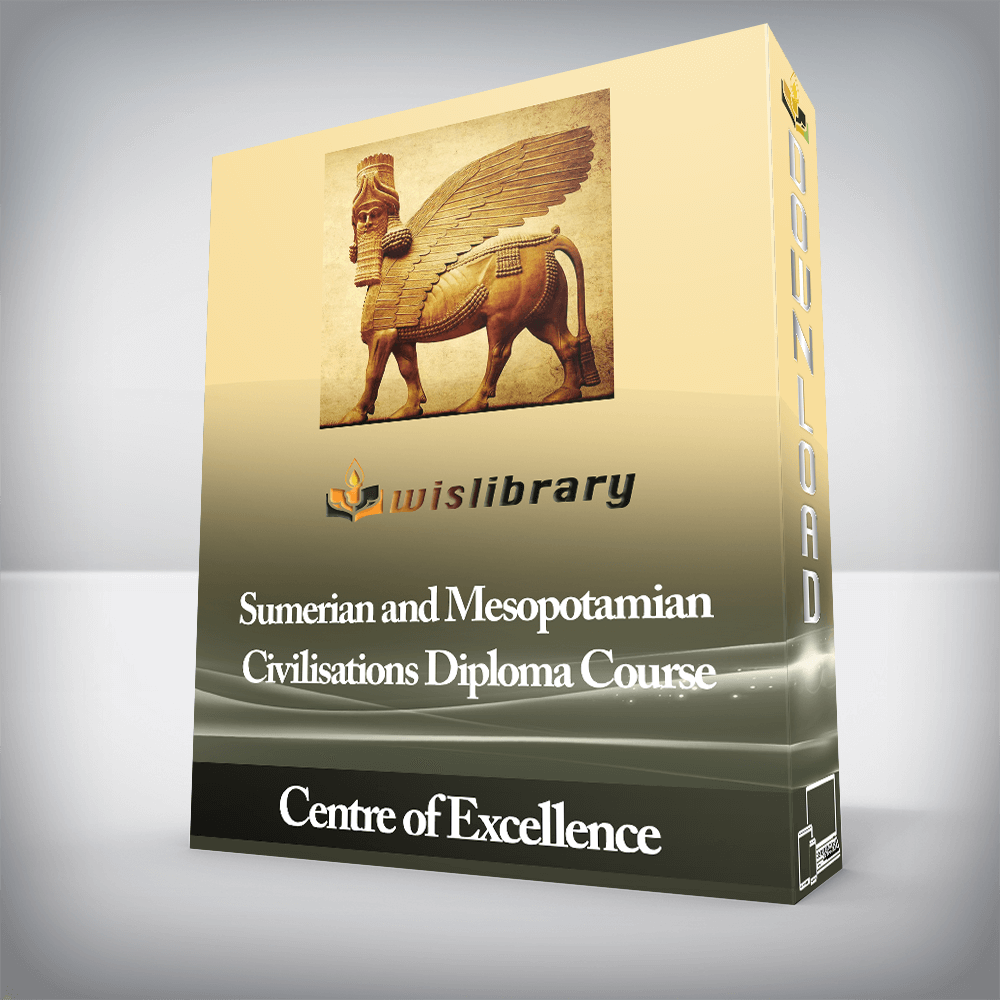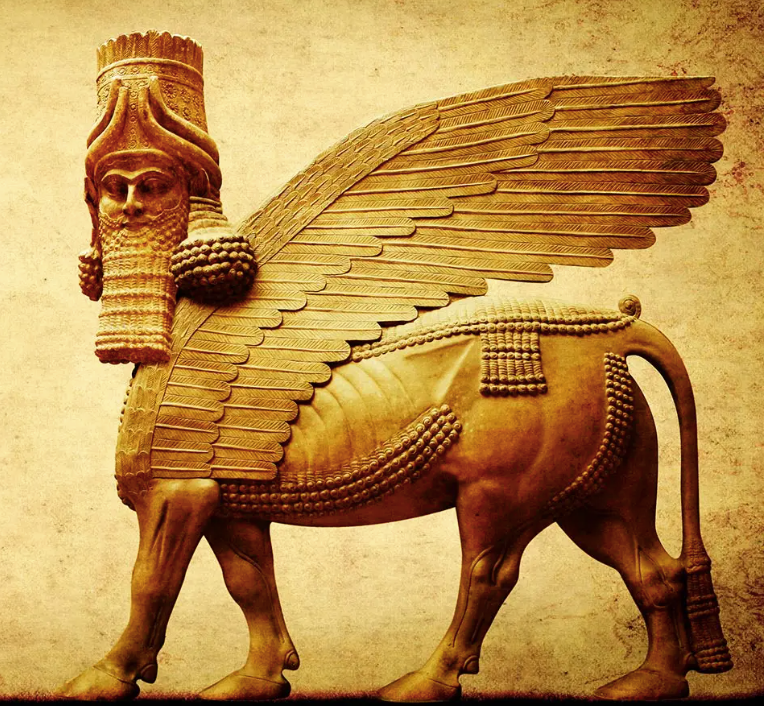

In the Course, you will learn exactly how advanced these ancient people were.

As long as 4,000 years ago, there was a region that was so advanced that some of the innovations that developed from there, such as the wheel and the zodiac, are still in use today. That place is Mesopotamia, an ancient land that covered modern-day Iraq, and the first civilisation it bore – which is also the first civilisation in the world – was called Sumer.
In the Sumerian and Mesopotamian Civilisations Diploma Course, you will learn exactly how advanced these ancient people were. You will study their mastery of irrigation and agriculture, how they developed complex urban societies, and their incredible ways of thinking about the world through writing, art, literature, astrology and even warfare.
The Sumerian and Mesopotamian Civilisations Diploma Course begins by laying the foundations of the subject with a geographical study of where Mesopotamia was and providing a chronological breakdown of the different people and empires that resided in ancient Mesopotamia.
From this overview, we dive straight into an exploration of some of the better-known Sumerian inventions, including the basic concepts of time and a city, the use of clay and the development of bricks, the wheel, the chariot, hydraulic engineering, and the sailboat.
You’ll be introduced to the development of the concept of a city and the city-state in Sumerian culture. You’ll study the different types of buildings that featured in a Sumerian city and the main features of this civilisation’s architecture.
We examine the role of religion in Sumerian civilisation, Sumerian cosmology, their Creation Myth and the primary deities they worshipped. We also look into the formation of cuneiform – the world’s first writing system – and discuss the rich literary tradition that cuneiform instigated.
You’ll learn of the importance of rivers in Sumerian and Mesopotamian culture, the rise of the city-states, the constant fighting for land and water, and how all three coalesced to cause the downfall of the world’s first civilisation.
We observe the rise and fall of the Akkadian Empire – learning about the first emperor, Sargon the Great, as well as the rich contributions the Akkadians made to the world. We look at the periods in which the Assyrians rose to power, the various kings who were most significant during these eras, and the contributions – good and bad – that they made to their own world and the world that continued long after their empire disappeared.
You’ll be introduced to two of the most important kings in Babylon and Mesopotamian history – King Hammurabi and Nebuchadnezzar II – who ruled during the Neo-Babylonian era. You will also study the contributions that this remarkable city made to humankind, from the first written laws to astronomy and the zodiac.
The course concludes with a look into the final few centuries of the Mesopotamian civilisation. This includes learning about the various foreign powers that overtook the region, including the Persians under Cyrus II and the Greeks under Alexander the Great.
By the end of this course, you will:
What will I learn on the course?
If you love history and discovering other cultures, but don’t know about the Sumerian and Mesopotamian civilisations, you’re really missing out. This course will fill in the blanks of your historical understanding and open you up to a whole new world that is the foundation of our own.
For so long, Mesopotamia has been in the shadow of other fascinating cultures such as ancient Egypt, Greece, and Rome but their histories are actually closely tied. This course will take you on a journey through the Sumerian and Mesopotamian civilisations and all the inventions and innovations that they are responsible for that we still use today.
There are no reviews yet.
You must be <a href="https://wislibrary.org/my-account/">logged in</a> to post a review.